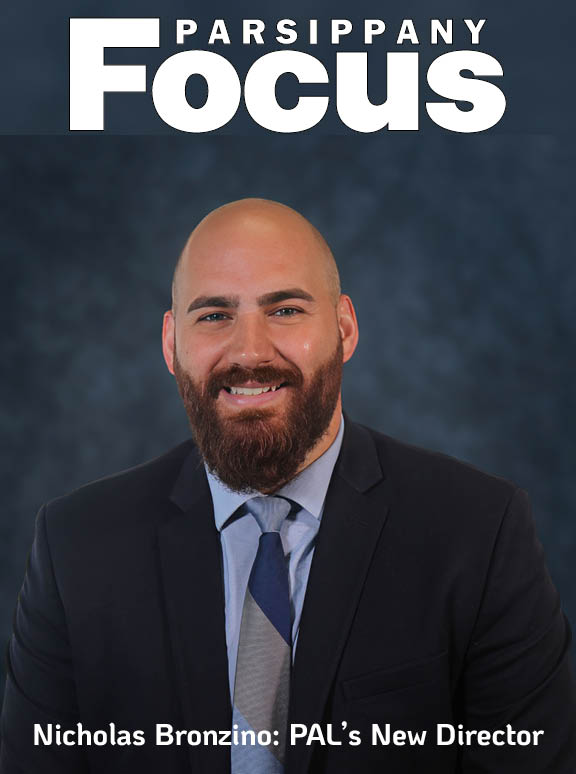
MORRIS COUNTY — A countywide effort will be undertaken next week to try and determine the number of homeless residents living in Morris County, with a goal of using that data to best understand the homeless situation in the county and to provide the best possible services to this community of sometimes forgotten residents.
On Wednesday, January 27, Morris County will participate in New Jersey Counts 2016, a state-wide Point-In-Time (PIT) count of homeless and at-risk of being homeless individuals and families. An effort will be made by a host of professionals and volunteers to ask homeless across the county – including those who had shelter and those who were without any shelter — where they spent the previous night.
For those without shelter, it will include a survey of homeless persons living on the street, in cars, under highway and train overpasses, and any other place not meant for human habitation.
The results of this survey will continue to guide Morris County in implementing a best practices effort to end homelessness within the county’s 39 municipalities. It also is vital to the obtaining federal aid for homelessness programs that are vital to this population.
“We have an obligation to care for the most vulnerable persons in our community, to make sure that persons who have fallen on very hard times, who don’t even have a place to live in Morris County, get at least the basic necessities of life,’’ said Morris County Freeholder Director Kathy DeFillippo.
“NJ Counts 2016 is designed to understand the nature of our homeless population so that limited housing and services resources can most appropriately meet the needs of these people,’’ said Rebekka Zydel, Morris County Continuum of Care Executive Committee chairwoman.
“The state and Morris County use the results of the annual count to obtain consistent data about the number of individuals and families experiencing homelessness, to better understand the causes of homelessness, to determine service and housing needs, and to obtain federal funding to aid the homeless,’’ added Laurie Becker, Mental Health Administrator and Director of the Division of Community and Behavioral Health Services for Morris County.
NJCounts 2015 found 10,211 homeless men, women and children across the state. That was a decrease of 1,645 persons or 14 percent from 2014.
Statistics provided for Morris County last year by NJ Counts 2015 Point-In‐Time, showed;
- 384 persons, in 273 households, were experiencing homelessness in Morris County. That was a decrease of 5 persons and 27 households from 2014.
- Morris County had 3.8 percent of New Jersey’s statewide homeless population.
- 42 households, with 52 persons, were identified as chronically homeless.
- 34 unsheltered homeless persons were counted.
- 59 percent (227) of homeless persons were male, and 41 percent (157) were female.
- Among those who experienced homelessness during the night of the count, 46 percent had no source of income.
- Most common sources of income were General Assistance, Earned Income and SSI.
- Loss or reduction of job income, domestic violence and substance abuse were among the major contributing to homelessness.
- 52 percent of homeless persons reported having some type of disability. The most prevalent disabilities were substance abuse disorders and mental health
While homelessness is a year-round issue, it usually reaches the public consciousness the most during these current cold weather months. Gary Denamen, Director of the Morris County Office of Temporary Assistance explained that county policy guarantees that no one is refused shelter during extreme weather conditions.
According to Wesley Gaynor Jr., Director of Programs and Services for Homeless Solutions, key factors that will contribute to this year’s count of homeless families, youth and veterans include:
- Shelters reporting inability to house homeless families throughout 2015,
- A shortage of rental housing driving up demand and costs,
- No increase in funding by Congress for the federal Housing Choice Voucher program, slowing progress in creating affordable and supportive housing,
- Foreclosures, which have caused many owners and renters to lose their homes, and
- Jobs that do not pay a living wage.
Lisa Falcone, Director of Homeless Outreach Services for the Mental Health Association of Morris County has also highlighted the need to make sure homeless people with serious mental illness issues are appropriately counted, as they represent a growing population that has been subject to not only a weak economy, but a compromised, fragile and underfunded public mental health system of care in New Jersey.
Every other year, the U.S. Department of Housing and Urban Development (HUD) mandates that local communities conduct an unsheltered count of homeless residents, and although 2016 is not a mandated year, it is expected that each county in New Jersey – like Morris County — will conduct one.















